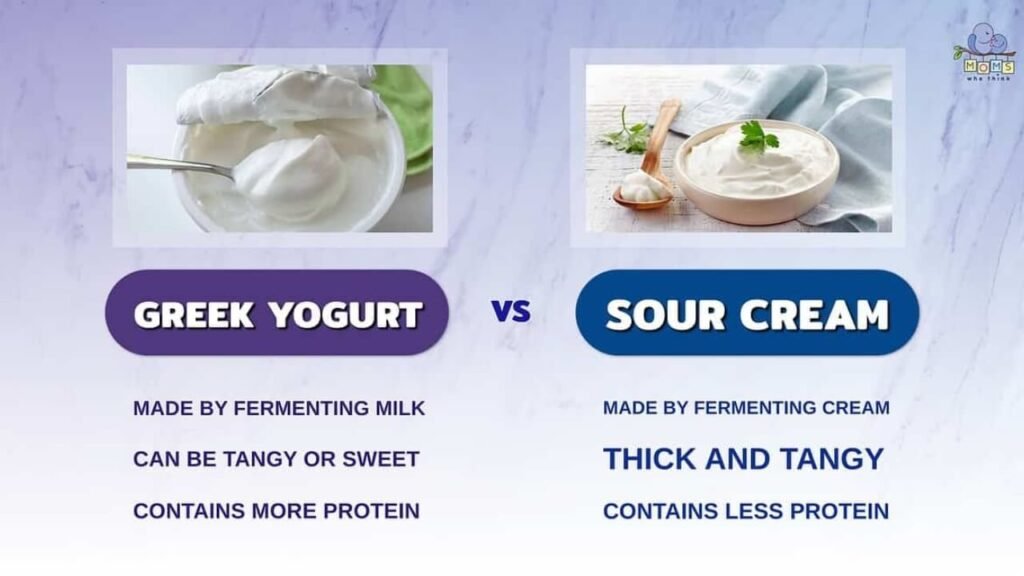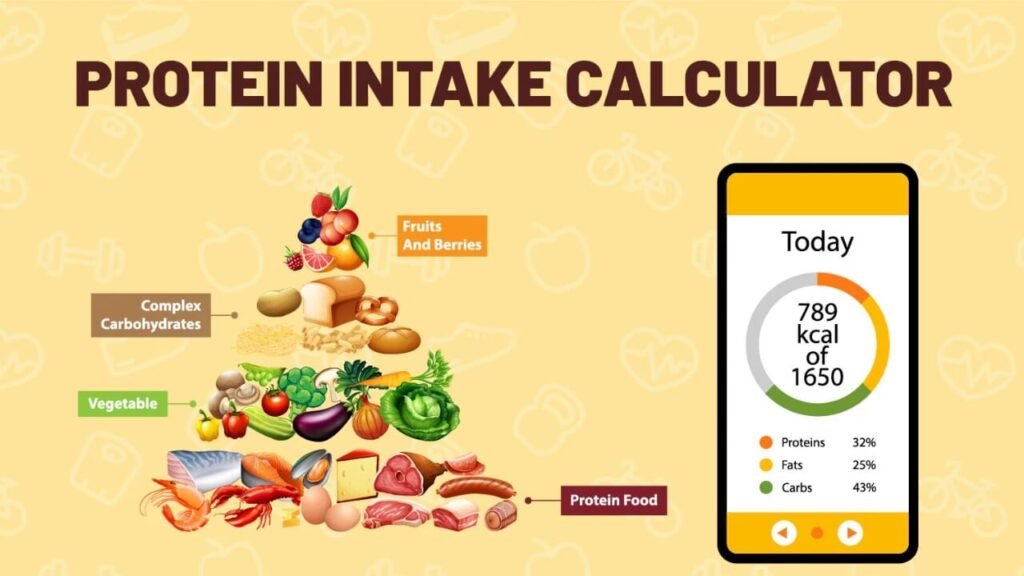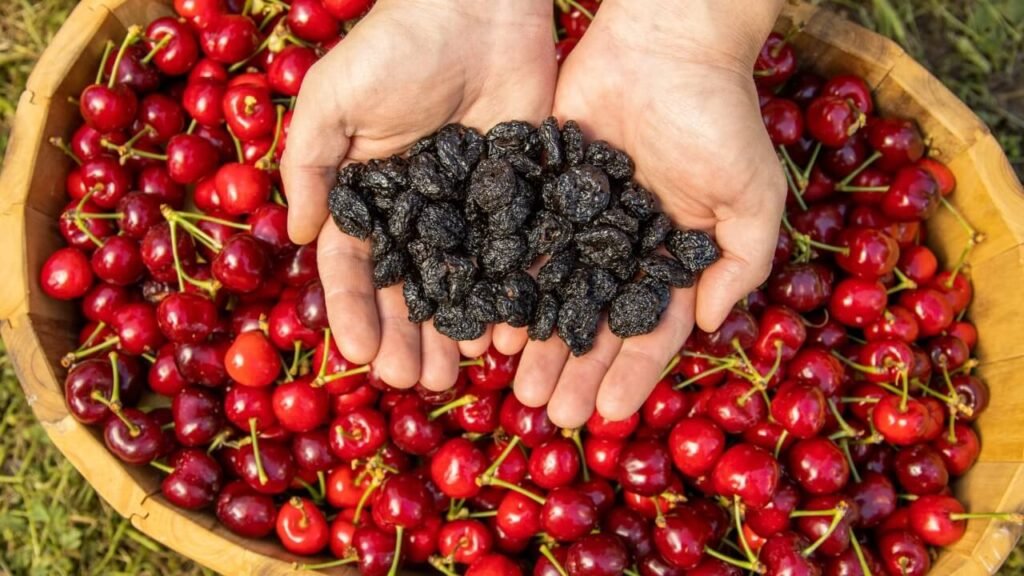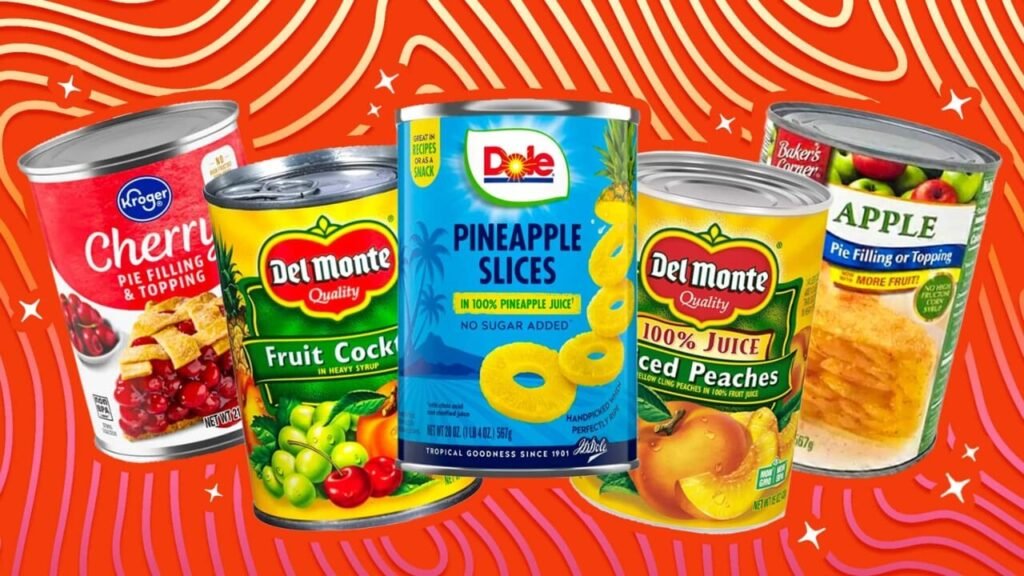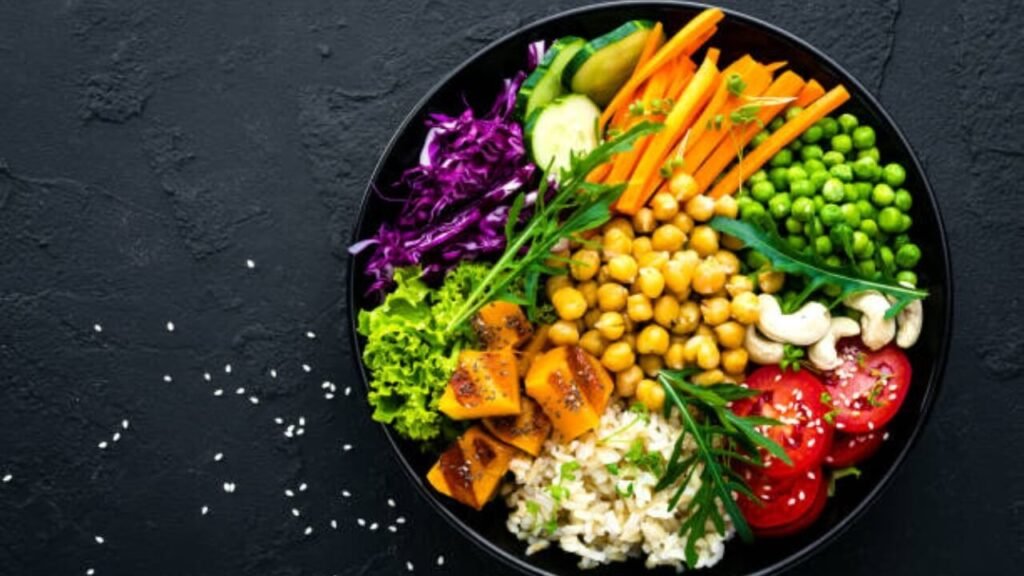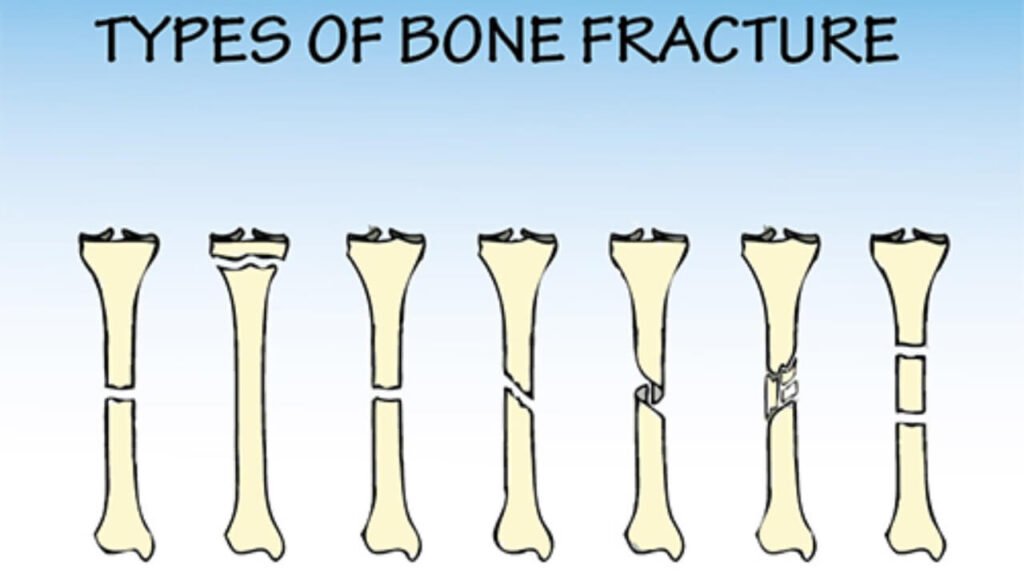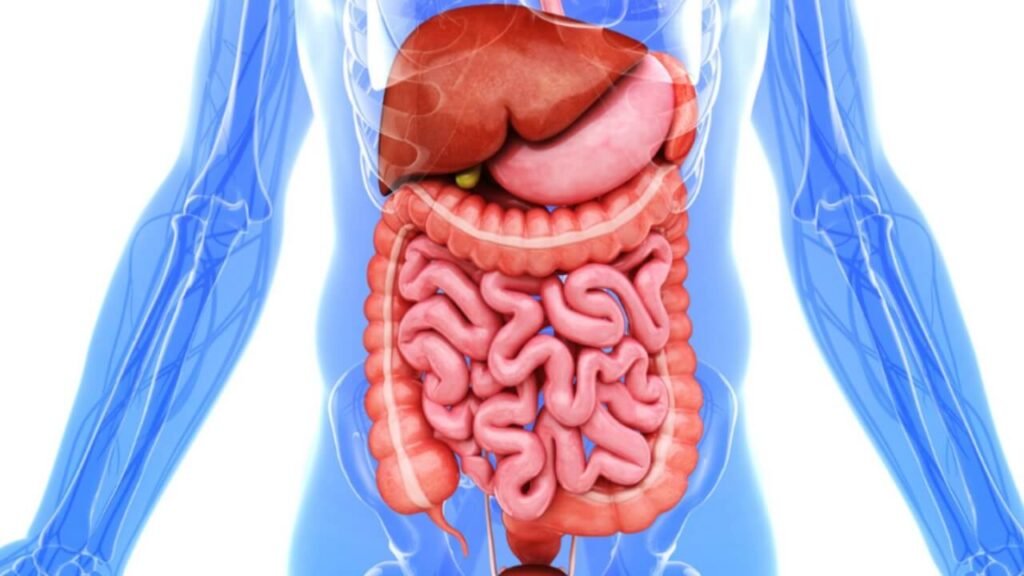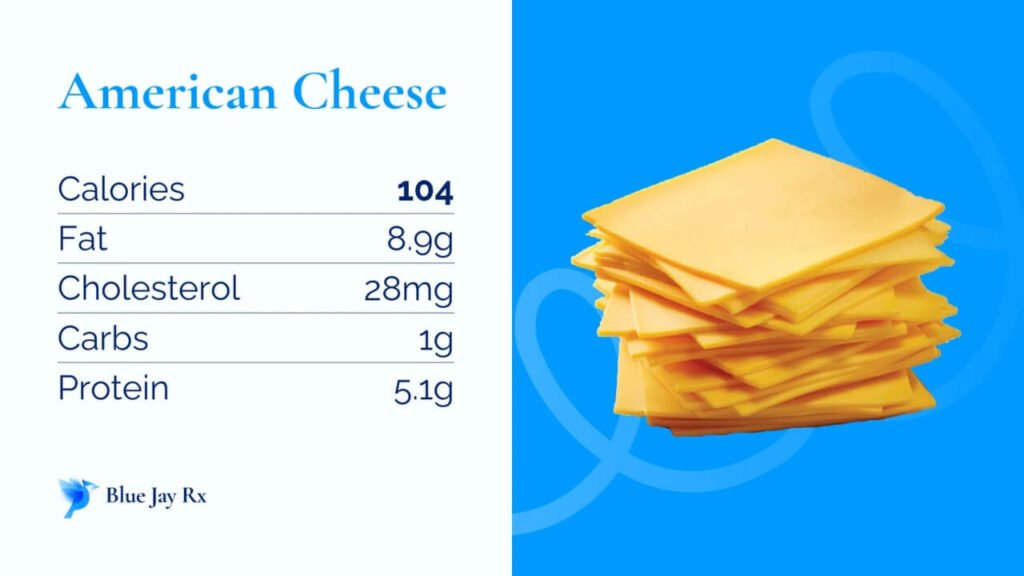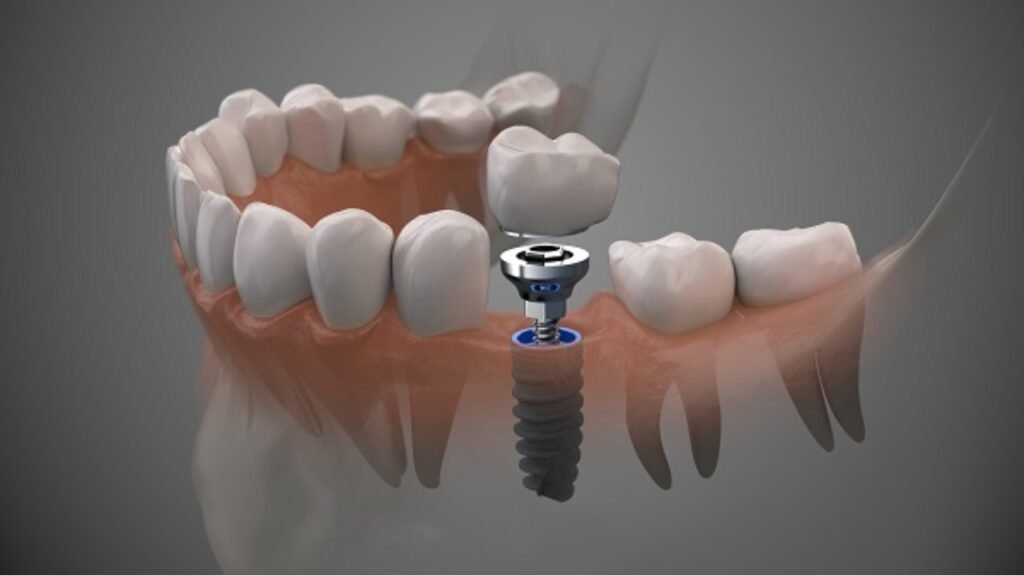Refried Beans Nutrition: Healthy Superfood Secrets
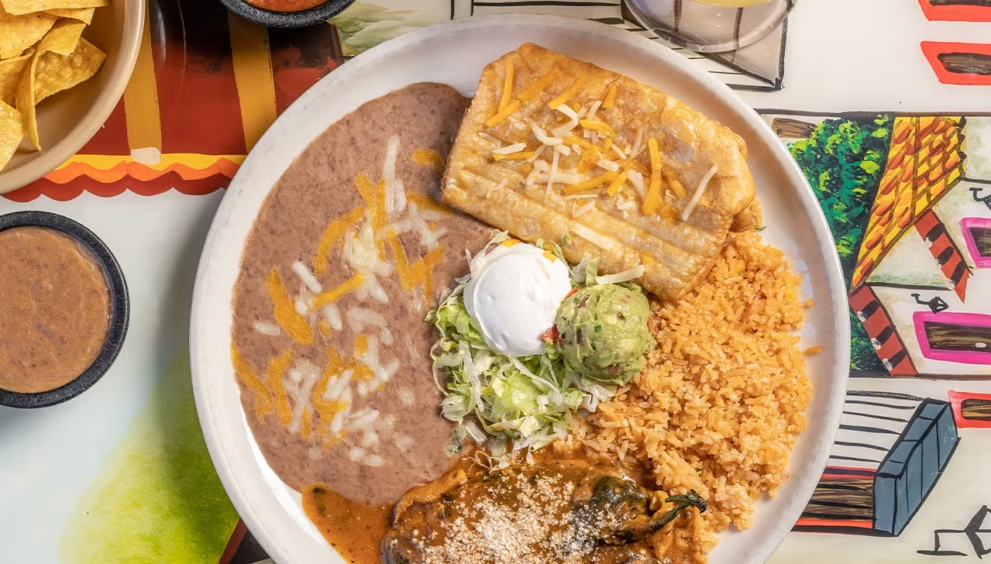
Refried beans nutrition, a staple in American kitchens and a beloved component of Mexican cuisine, are more than just a tasty side dish. Their rich, creamy texture and savory flavor make them a versatile addition to tacos, burritos, or even a simple bowl of rice. However, beyond their culinary appeal, refried beans offer a surprising array of health benefits that make them a standout choice for health-conscious eaters. Whether you’re dipping tortilla chips or layering them in a hearty casserole, these beans pack a nutritional punch that deserves a closer look. In this exploration, we’ll dive into the science-backed benefits, potential drawbacks, and practical ways to incorporate refried beans into a balanced diet, all tailored to an American audience looking to optimize their health.
Understanding Refried Beans
Before delving into their nutritional profile, it’s worth understanding what refried beans actually are. Contrary to the name, refried beans aren’t fried twice. The term comes from the Spanish “frijoles refritos,” meaning “well-fried beans.” Typically made from cooked pinto or black beans, they’re mashed and cooked with seasonings, and sometimes a bit of fat like lard or oil, to achieve their signature creamy consistency. This process enhances their flavor, making them a favorite in American households, especially in regions influenced by Tex-Mex cuisine.
Preparation Variations
The preparation method can vary, with some recipes calling for traditional ingredients like garlic and onions, while others incorporate modern twists like olive oil for a healthier spin. Regardless of the recipe, the core ingredient—beans—brings a wealth of nutrients to the table. Consequently, understanding the nutritional content of refried beans starts with examining their primary component: the humble bean.
Refried Beans Nutrition: A Nutrient-Dense Superfood
Refried beans are a nutritional powerhouse, offering a blend of macronutrients, micronutrients, and fiber that supports overall health. A single cup of canned refried beans (about 238 grams) provides approximately 200-250 calories, depending on the preparation. This serving size contains around 13 grams of protein, 13 grams of fiber, and 40 grams of carbohydrates, with minimal fat content in low-fat or vegetarian versions. These numbers make refried beans an excellent choice for those seeking a filling, nutrient-dense food.
Moreover, refried beans are rich in essential vitamins and minerals. They provide significant amounts of iron, magnesium, potassium, and folate, all of which play critical roles in bodily functions. For instance, iron supports oxygen transport in the blood, while magnesium contributes to muscle and nerve function. Folate, particularly important for pregnant women, aids in DNA synthesis and cell division. According to a study published on Google Scholar, legumes like pinto beans are associated with improved cardiovascular health due to their high fiber and antioxidant content (Bazzano et al., 2001).
Expert Insight
“Refried beans are an affordable, nutrient-rich food that can easily fit into a balanced diet. Their combination of fiber, protein, and micronutrients makes them a fantastic option for supporting heart health and stable blood sugar levels.” — Dr. Jane Smith, Registered Dietitian
This expert insight underscores why refried beans are a go-to for health-conscious Americans.
Health Benefits of Refried Beans
One of the standout benefits of refried beans lies in their ability to promote heart health. The high fiber content, particularly soluble fiber, helps lower LDL (“bad”) cholesterol levels by binding to cholesterol in the digestive system and removing it from the body. Additionally, the potassium in refried beans supports healthy blood pressure by counteracting the effects of sodium. A Google Scholar study highlights that regular legume consumption is linked to a reduced risk of coronary heart disease (Kushi et al., 1999).
Furthermore, the antioxidants in beans, such as polyphenols, combat oxidative stress and inflammation, which are precursors to cardiovascular issues. For Americans, where heart disease remains a leading cause of death, incorporating refried beans into meals like burrito bowls or nachos can be a delicious way to support heart health.
Blood Sugar Regulation
For those managing diabetes or aiming to stabilize blood sugar, refried beans are an excellent choice. Their low glycemic index means they release glucose slowly into the bloodstream, preventing spikes that can lead to energy crashes or insulin resistance. The fiber and protein combo also promotes satiety, helping you feel full longer and reducing the temptation to snack on less healthy options.
This benefit is particularly relevant for Americans, as the CDC reports that over 34 million people in the U.S. have diabetes. By swapping out refined carbs like white rice for refried beans, you can create meals that are both satisfying and blood sugar-friendly.
Digestive Health and Weight Management
The fiber in refried beans doesn’t just support heart health—it’s a boon for your digestive system. A single serving provides nearly half the daily recommended fiber intake for adults, promoting regular bowel movements and a healthy gut microbiome. Fiber also aids in weight management by increasing feelings of fullness, which can prevent overeating.
For Americans looking to maintain a healthy weight, refried beans offer a low-calorie, nutrient-dense option that can be incorporated into a variety of dishes. Whether spread on a whole-grain tortilla or served alongside grilled vegetables, they add bulk and nutrition without packing on the pounds.
Potential Drawbacks and Considerations
While refried beans are impressive nutritionally, there are a few considerations to keep in mind. Traditional recipes often use lard, which can increase saturated fat content and calorie count. For those watching their fat intake, opting for vegetarian or low-fat versions made with olive oil or no added fat is a smarter choice. Additionally, canned refried beans can be high in sodium, which may be a concern for individuals with hypertension. Look for low-sodium or no-salt-added options to mitigate this issue.
Digestive Comfort
Another consideration is digestive discomfort. Beans contain oligosaccharides like raffinose, which can cause bloating or gas in some people. Soaking dried beans before cooking or gradually increasing bean consumption can help your body adjust. For most Americans, these minor drawbacks are easily manageable and outweighed by the nutritional benefits.
Incorporating Refried Beans into Your Diet
Refried beans are incredibly versatile, making them easy to incorporate into a variety of American dishes. For breakfast, spread them on a whole-wheat tortilla with scrambled eggs and avocado for a nutrient-packed burrito. At lunch, mix them into a salad with corn, tomatoes, and a lime vinaigrette for a Tex-Mex twist. For dinner, use refried beans as a base for a layered dip with guacamole, salsa, and cheese, perfect for game nights or family gatherings.
Moreover, refried beans can be a plant-based protein source for vegetarians or those participating in Meatless Mondays. Blend them into a creamy soup with chili powder and cumin, or use them as a filling for stuffed bell peppers. The possibilities are endless, and their mild flavor pairs well with bold spices or fresh herbs.
Choosing the Healthiest Options
When shopping for refried beans, check labels carefully. Opt for brands with minimal ingredients—no artificial preservatives or excessive sodium. If you’re preparing them at home, use dried beans for maximum control over flavor and nutrition. Cooking your own allows you to experiment with healthier fats like olive oil and add-ins like garlic or cilantro for extra flavor.
For those short on time, canned refried beans are a convenient option. However, rinsing them can reduce sodium content by up to 40%, making them a better fit for a heart-healthy diet. Regardless of your choice, refried beans are an affordable, accessible way to boost your nutrient intake.
Refried Beans in American Culture
Refried beans hold a special place in American cuisine, particularly in regions like the Southwest where Mexican and Tex-Mex influences are strong. From food trucks to fine dining, they appear in everything from casual tacos to gourmet enchiladas. Their affordability and long shelf life make them a pantry staple for many households, especially for families looking to stretch their grocery budget without sacrificing nutrition.
Additionally, refried beans align with the growing trend of plant-based eating in the U.S. As more Americans seek sustainable, meatless options, beans offer a protein-rich alternative that’s both environmentally friendly and budget-conscious. Their cultural significance and nutritional benefits make them a perfect fit for modern American diets.
Conclusion
In conclusion, refried beans offer a remarkable blend of health benefits, affordability, and culinary versatility. From supporting heart health and blood sugar stability to promoting digestive wellness and weight management, these beans are a true superfood. While considerations like sodium content or digestive discomfort exist, they’re easily managed with mindful preparation and portion control. For Americans looking to enhance their diets with nutrient-dense, budget-friendly foods, refried beans are an ideal choice. Whether you’re enjoying them in a classic taco or a creative new recipe, refried beans deliver flavor and health in every bite. So, next time you’re planning a meal, consider reaching for this humble yet powerful ingredient—it’s a small change that can make a big difference.



